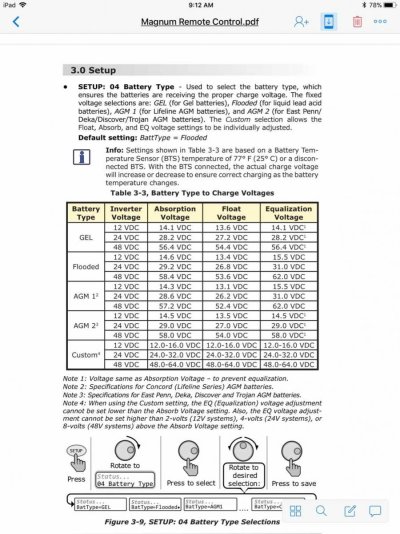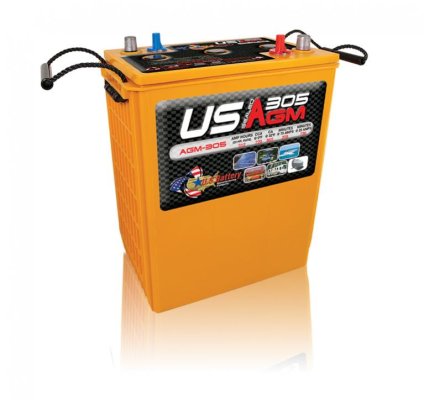I replaced the flooded cell batteries on my boat when they failed in 2012. I chose AGMs because properly maintaining the flooded cell batteries was very difficult because of their location in my boat.
I used Sears Die Hard Marine AGMs and they have performed reasonably well. especially considering that they were run down flat a couple times, but they seem to be nearing the end of their life. Anchoring overnight with the refrigerator, Chart Plotter and (LED) anchor light on, the voltage in the morning is 12 volts or less.
A thread on another forum mentioned "Lifeline" (brand) AGM batteries as being the "best" AGMs and of course their website claims the same. Surprisingly, they don't seem to be more expensive than the Sears batteries or West Marine batteries.
So, before I spend $1,200 or so on a set of (4) new batteries, does anyone here have experience with these batteries? Good, bad or indifferent?
I used Sears Die Hard Marine AGMs and they have performed reasonably well. especially considering that they were run down flat a couple times, but they seem to be nearing the end of their life. Anchoring overnight with the refrigerator, Chart Plotter and (LED) anchor light on, the voltage in the morning is 12 volts or less.
A thread on another forum mentioned "Lifeline" (brand) AGM batteries as being the "best" AGMs and of course their website claims the same. Surprisingly, they don't seem to be more expensive than the Sears batteries or West Marine batteries.
So, before I spend $1,200 or so on a set of (4) new batteries, does anyone here have experience with these batteries? Good, bad or indifferent?


